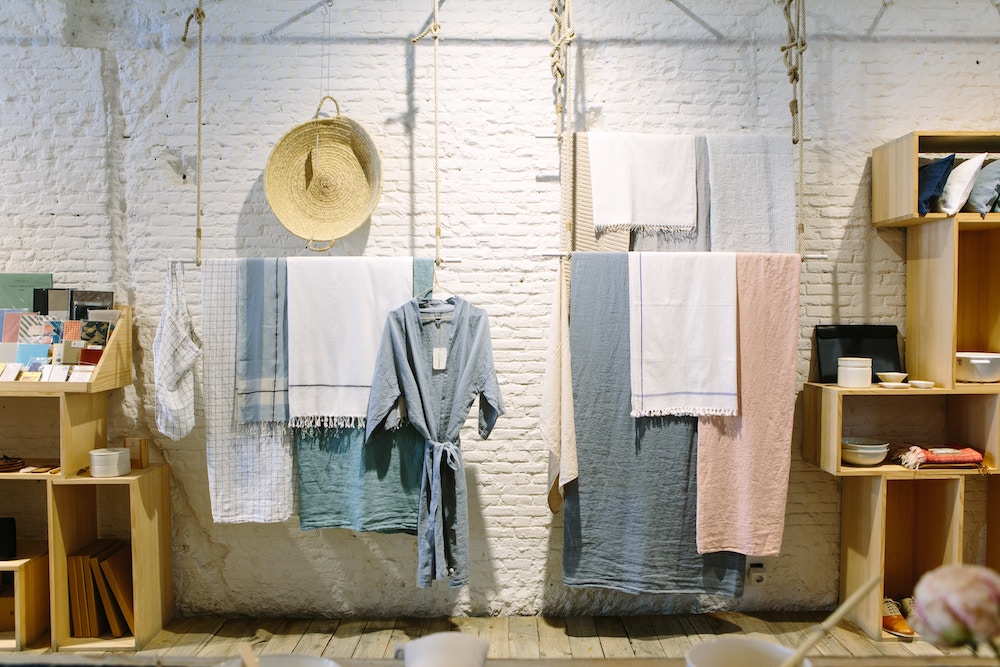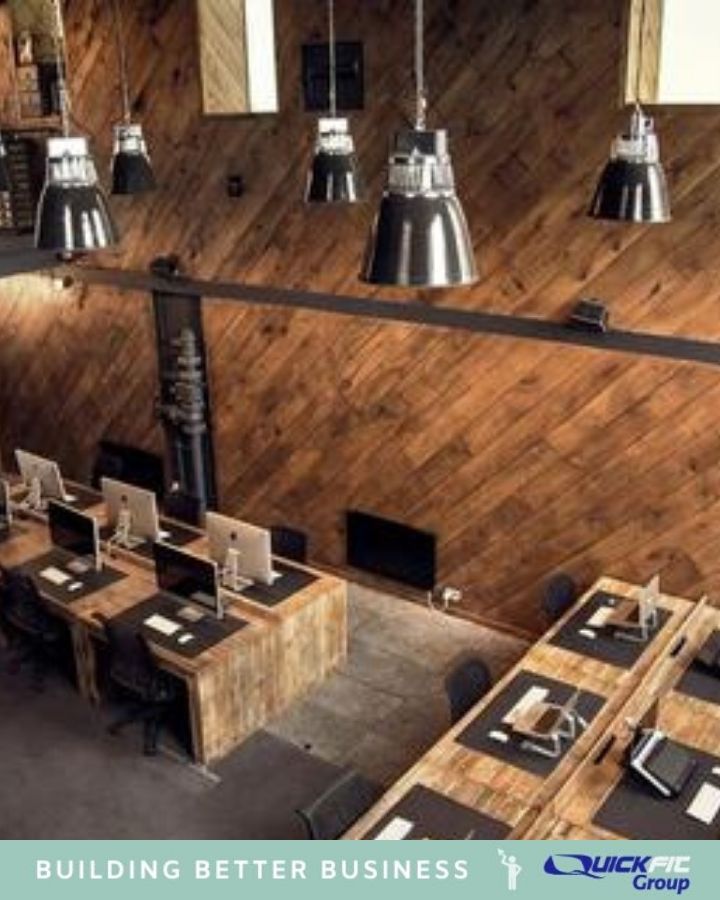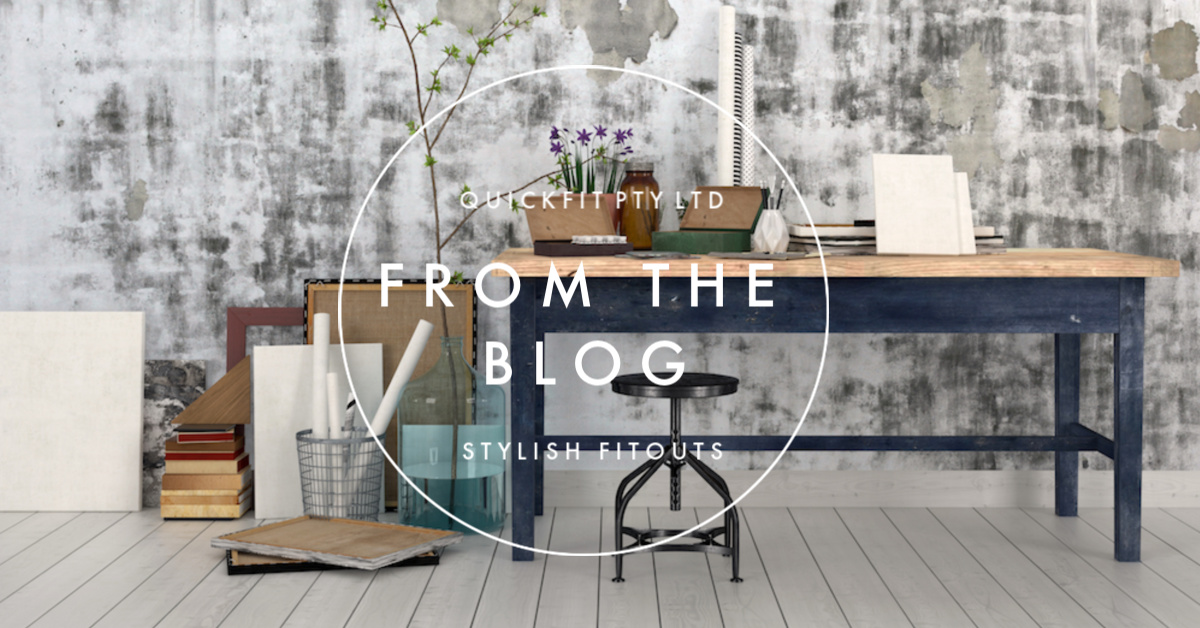Have you ever found yourself straining your neck in different angles while browsing through high shelves in a store? Have you ever visited a café or a restaurant only to find yourself feeling “boxed-in” instead of relaxed? Have you ever walked into a retail shop and end up being pushed around by writhing bodies of fellow customers who crowd the area?
If you have answered yes to all the situations, then you may have been a victim of poor commercial design. Shop owners and customers alike are prone to these scenarios since it is challenging to conduct a thriving business if you don’t have a spacious site. However, due to the rising cost of commercial properties, people are left to balance numerous functions within a tight space. For most establishments, that means cramming both storage and display into a few square feet. Usually, this doesn’t end up well for customers who don’t have enough space to browse freely or lounge comfortably within the store.
An important aspect of shopfitting is developing a floorplan and interior design that will not only be aesthetically pleasing but be completely practical as well. So, a good commercial interior design should be one that is both stylish and efficient. It is important that we maximize the full potential of small floorspaces by integrating functionality with design. Here are a few tips on how we can make the best out of a small space:
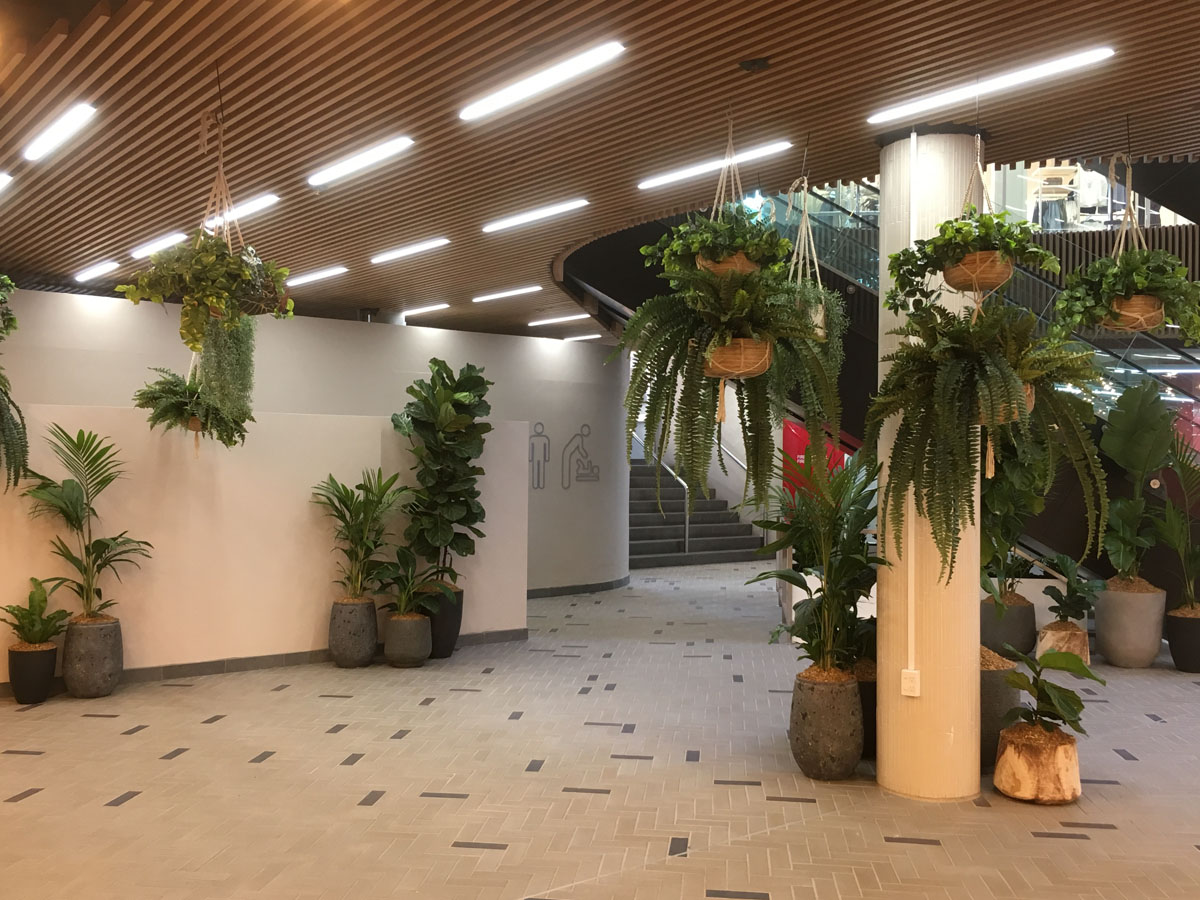
1. Make the room feel less “stuffy” by providing a touch of nature
Generally, foliage makes for a welcoming atmosphere. The soothing aura of flora and fauna gives you room to breathe and it naturally draws the eye to certain areas of your space. Also, the element of nature in a confined area can have an authentic and sophisticated vibe.
They don’t need to be large and extravagant. A few simple potted blossoms near the entrance of your store can do the trick. If you want to bring the feeling of nature inside your space, indoor plants and living walls are your go-to décor. Living walls can also double as accent walls and serve as backdrop if you want to put-up displays for your product.

2. Baskets are a great storing and organising alternative
Baskets make for a neat decorative storage idea. Woven rattan baskets are a resourceful storage idea. They come in various designs that you can easily coordinate with the design scheme of your space. Different sizes and shapes of baskets can provide an effective way to store and organise a wide range of products.
Baskets can also come in materials such as cane, metal wiring and plastic which you can alter to fit your storage and branding needs. Baskets are not only multifunctional but also flexible since you can store them anywhere – inside cabinets or on top of shelves. You can also neatly arrange them in floors, hang them up from the ceiling or store them under benches or multifunctional tables.
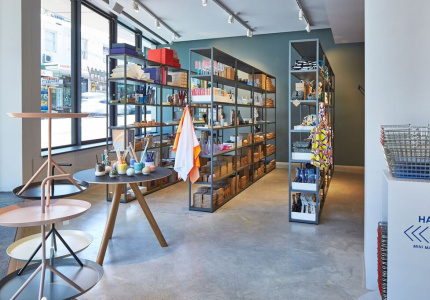
3. Peel shelves and cabinets away from walls
A common mistake when designing commercial spaces is when we push cabinets and shelves up against the wall. You may think that you are saving on floorspace when you do this, but really you are just depriving the customers enough space to browse through your displays.
Not only are you limiting movement, but you are also wasting the potential of walls to serve as a storage option. Peeling cabinets away from walls can free up space for you to hang decorative materials and space-saving alternative storage from walls such as hooks, pegboards or stylish wall shelves.
Arranging cabinets, racks and shelves throughout the room as you would a maze grants you the illusion that you have a wider space. This also leaves room for your guests to browse around without having to flock to a certain corner to check out your displays. In doing so, it creates a partition within your store to direct the flow of foot traffic from browsing customers and guests.
Storage can also double as a room divider to split your space into different sections according to how you organize your products, displays and services. This not only saves you both space and budget, but guests would also save time in shopping when you have a well-organised store.
(Hay Shop (pictured) does this well in Surry Hills)

4. Invest in storage that can double as décor
If you have a small space, chances are you could be having a tough time balancing storage space and room for décor. You may have asked yourself what is more important – displaying items effectively or create personal branding? Investing in decorative storage pieces can spare you from these scenarios.
When choosing storage, it is important to stick to eye-level furniture. Too high and your customers may end up straining their necks and damaging their posture while browsing your displays. Too low, and they might not be able to notice items way below their peripheral. An ideal shelving must not be higher than the eye-level or lower than the knee.
Ladder-type racks and bookshelves are perfect for displaying products that come in small packaging since you can lay them up in neat lines or stack them above each other. In cafes and food shops, these can hold the condiments and utensils or baked goods. Shelves like these can either be installed up the walls or stand on its own. Key strategic position for these types of storage would be near windows, mirrors, wall accents and glass display as these naturally draw the eye towards its diagonally-layered shelves.
An alternative option in storing and displaying small trinkets are creative containers such as pots, vases, mason jars and decorative trays. They make for aesthetically pleasing decors while providing space for you to store your goods. You can experiment with various shapes and design that you can incorporate with the over-all branding of your space. Strategic positioning for these would be around corners, near accent or bland walls, on top of counters and tables or beside staircases if there are any. This will draw attention to the farthest corners and smallest nook and crannies of your space.
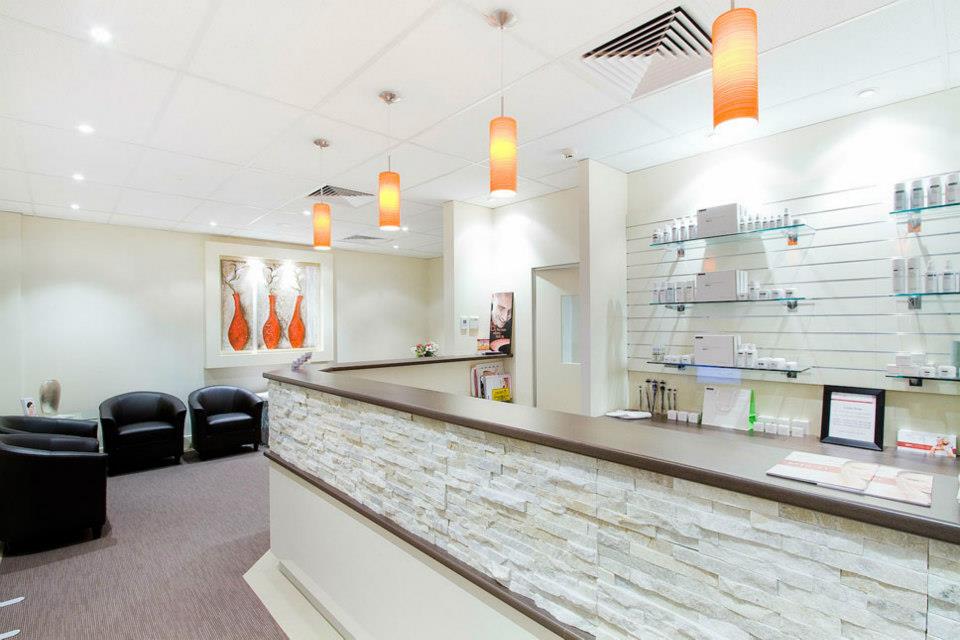
5. Mirrors give the illusion of space
Mirrors are the masters of optical illusion. Specifically, it distorts the idea of space. Installing mirrors in key places where it can reflect the light can grant your room an illusion of space. Usually, installing floor-to-ceiling mirrors in one side of the room can deceive you into thinking that a room is double its actual size.
If your space feels cramped or closed-off, placing mirrors directly across windows allows more light into your space. This reflects the natural light from outside making your space appear brighter and more open than it really is.
With these tips at your disposal, bear in mind that designing for a shop is far more complex than designing for your home. Commercial space requires a delicate balance of functionality and branding. You need to be able to stick to your design aesthetic without having to sacrifice the opportunity to market your goods and services. So, if you need a hand in creating the perfect blend of style and storage, the team here at Quickfit will be happy to assist you.

